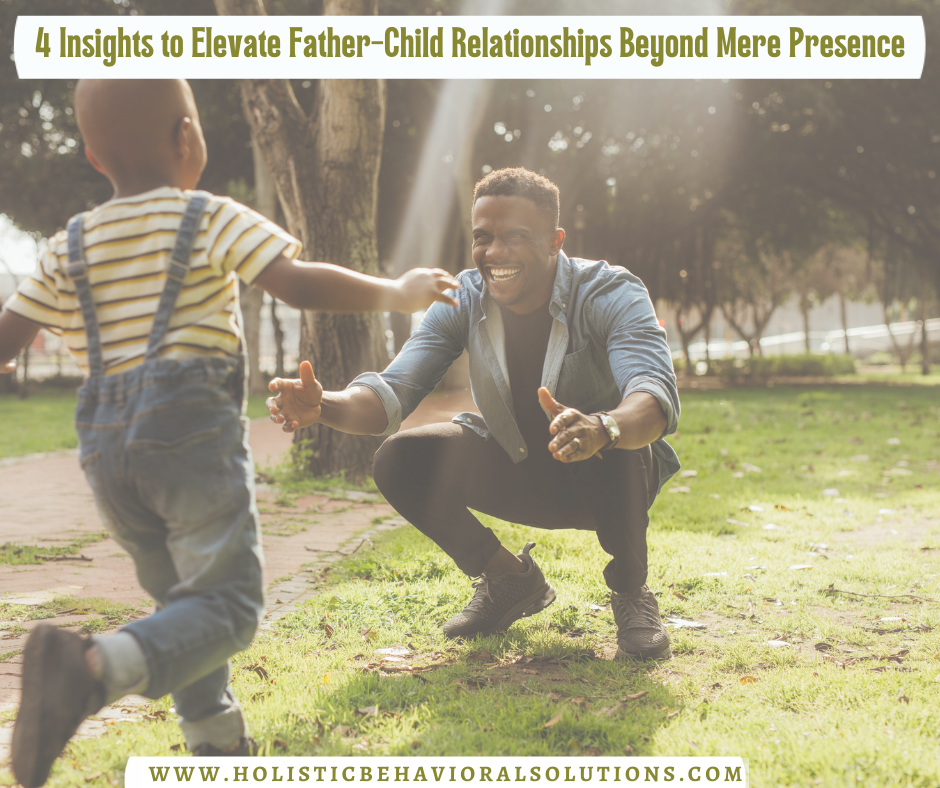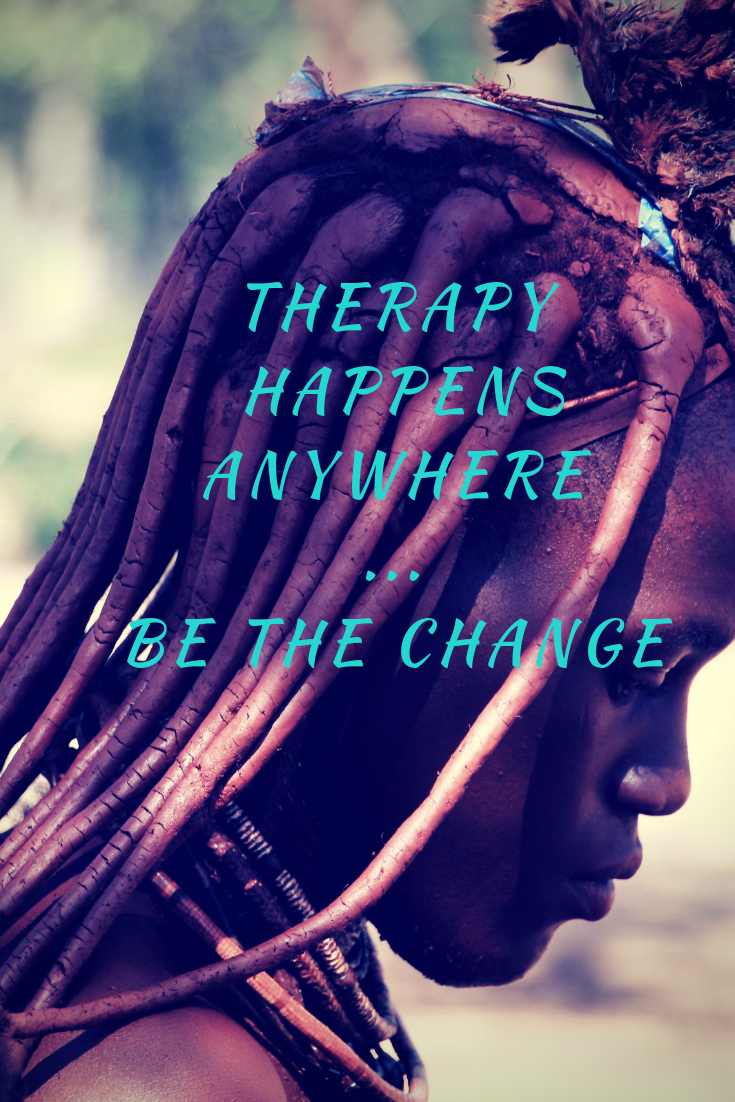
For years, fatherhood has often been measured by how much time dads spend with their kids or how much financial support they provide. But there’s more to being a father than just being present. It’s not just about showing up—it’s about how we show up.
It’s time we move beyond simply quantifying father involvement and shift toward a deeper understanding of the quality of the father-child relationship. This shift can reshape how we support children’s emotional and developmental growth—and how we define modern fatherhood.
The Limits of Measuring “Involvement”
Traditionally, researchers have measured father involvement using straightforward metrics:
- Hours spent together
- Participation in daily activities
- Financial contribution
While these are important, they don’t tell the whole story. Emotional availability, genuine connection, and the strength of the bond between father and child matter just as much—if not more.
To build stronger families and stronger communities, we need to focus not only on presence, but on presence with purpose.
Shifting the Lens: Father-Child Relationship Quality (FCRQ)
Rob Palkovitz’s work urges a shift from quantity to quality. His framework—Father-Child Relationship Quality (FCRQ)—asks deeper questions:
- Is the father emotionally available?
- Does he respond with empathy?
- Is he meeting the child’s emotional and psychological needs?
FCRQ invites us to look at the relationship through the lens of emotional connection, not just activity logs or checkboxes.
What the Research Tells Us
Both theory and data back this shift.
- Theoretical models emphasize that quality interactions drive secure attachment, resilience, and positive emotional development.
- Empirical studies show that when dads are emotionally engaged, children tend to have higher self-esteem, fewer behavioral issues, and stronger cognitive outcomes.
In other words: quality time builds better outcomes.
And it doesn’t just benefit kids—fathers, too, experience more satisfaction and emotional growth when they’re deeply involved. For many, these interactions serve as corrective emotional experiences—healing past wounds through present connection.
Practical Implications: From Research to Real Life
Palkovitz’s insights have powerful applications for researchers, therapists, educators, and families alike. Whether you’re working in policy, programming, or one-on-one with dads, the focus should shift from “Are you involved?” to “How are you connecting?”
Here are some ways to support stronger father-child relationships:
✔ Education & Awareness
Teach fathers why emotional presence matters—and how to build it through everyday interactions.
✔ Father-Centered Groups & Workshops
Create spaces where fathers can learn, connect, and reflect on their role in a non-judgmental setting.
✔ Policy Advocacy
Support policies that keep dads engaged post-divorce, during early childhood years, and in work-family balance decisions.
✔ Counseling & Family Therapy
Offer therapeutic support that helps fathers explore emotional barriers and strengthen their parenting approach.
Final Thoughts: Redefining What It Means to Be a Father
Moving from “How much time do you spend?” to “How deeply do you connect?” represents an essential evolution in how we think about parenting. We’re not just raising children—we’re shaping lifelong relationships.
Rob Palkovitz’s work lays the groundwork for redefining fatherhood—not just in academic terms, but in daily life. It’s a reminder that presence with purpose is what truly builds resilience, emotional strength, and lifelong bonds.
Support Your Connection from the Inside Out
At The Holistic Store, we understand that emotional well-being starts with feeling your best. That’s why we offer a range of natural wellness supplements designed to support mood, energy, and mental clarity—for both adults and kids.
Explore our curated collection to help you stay balanced, focused, and present in every meaningful moment with your family.
Visit the store now and take one small step toward building stronger bonds—starting from within.

